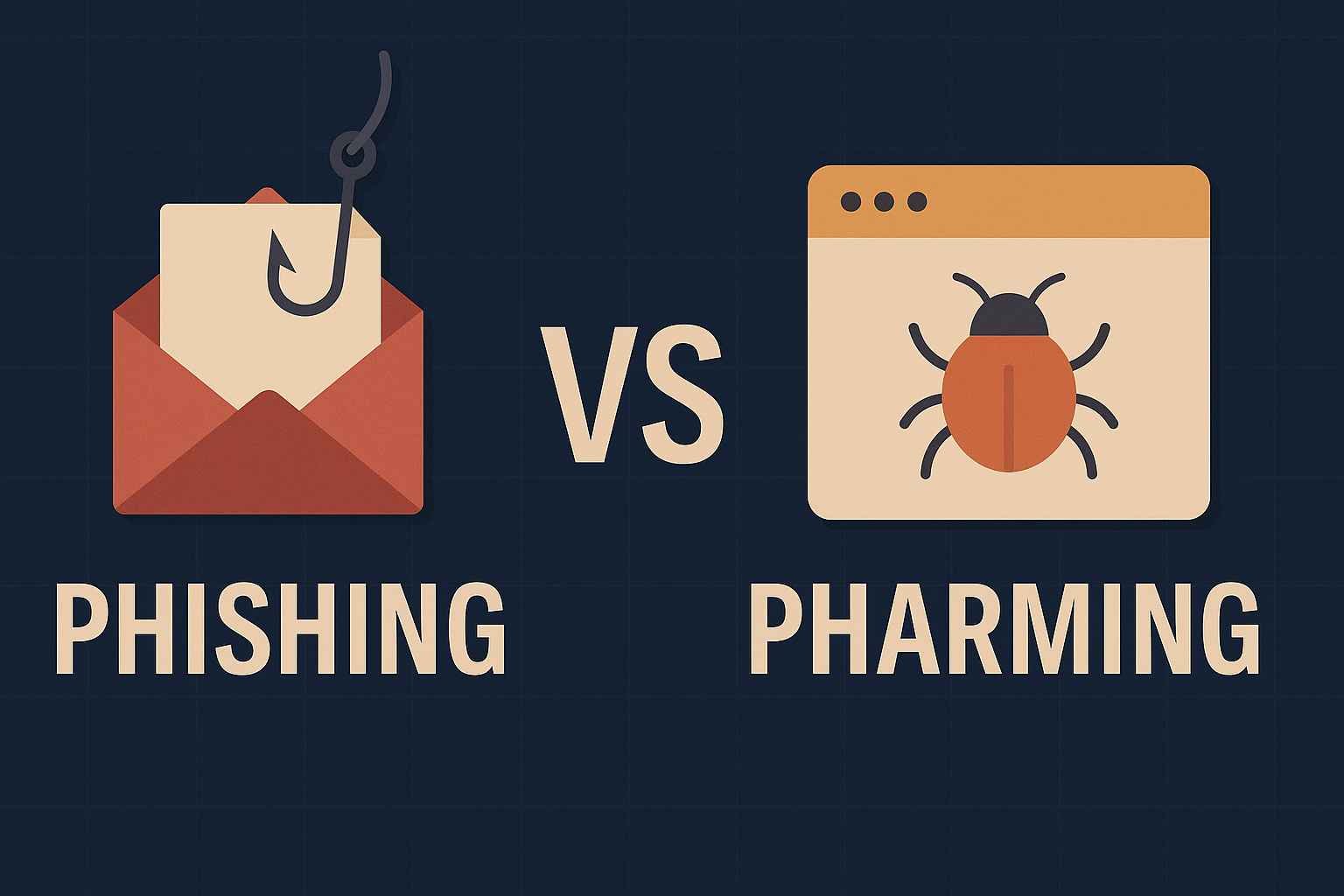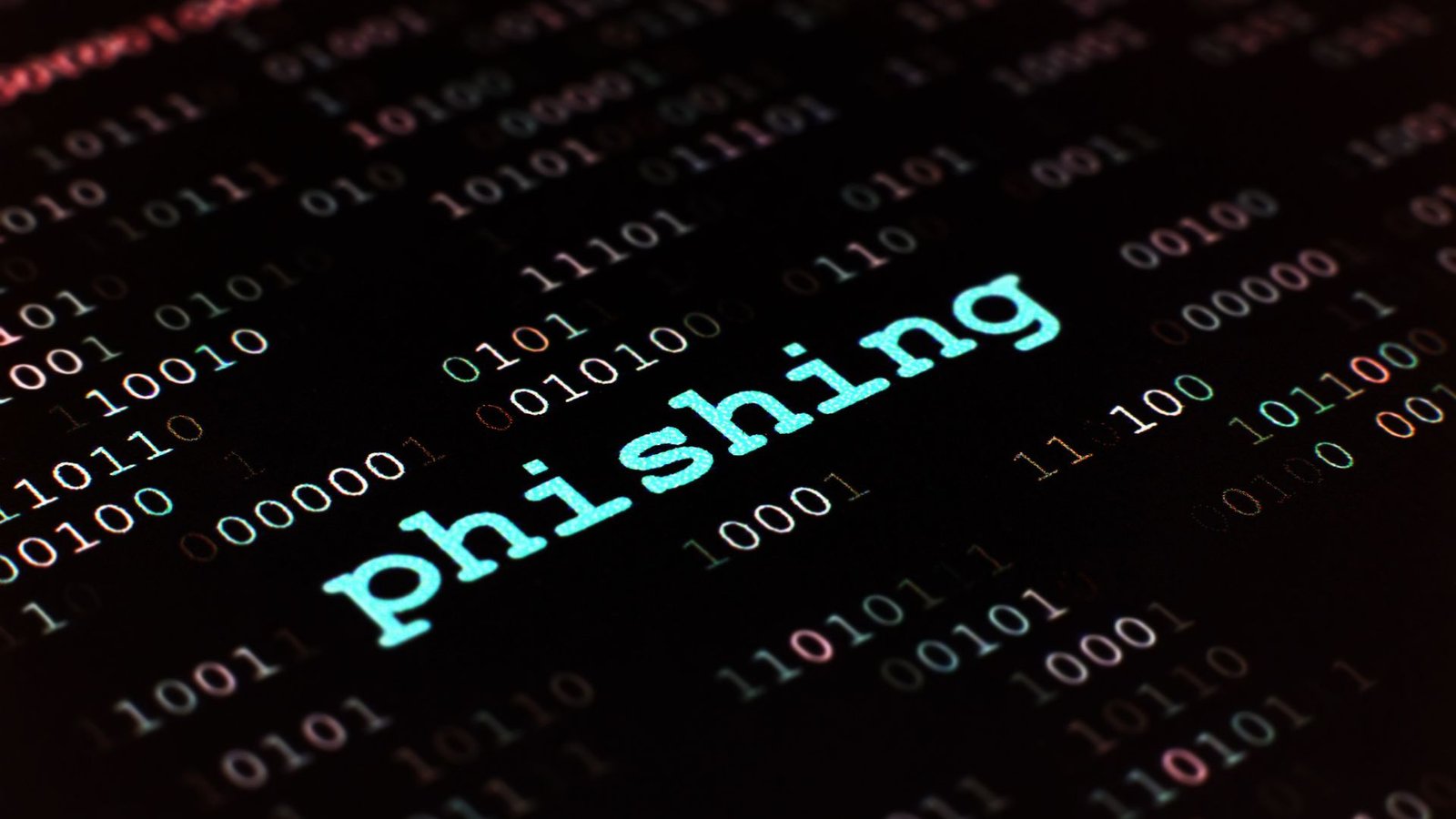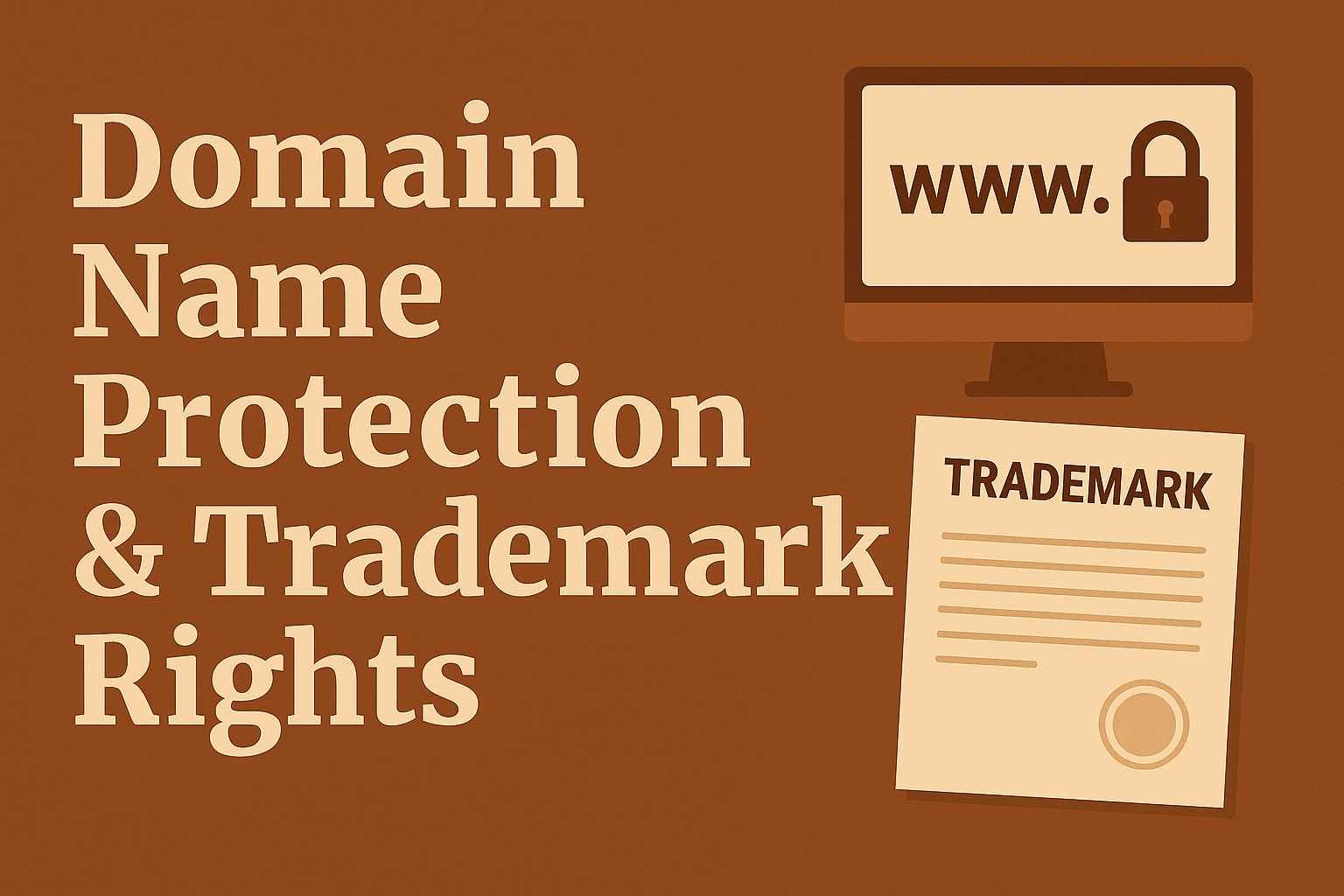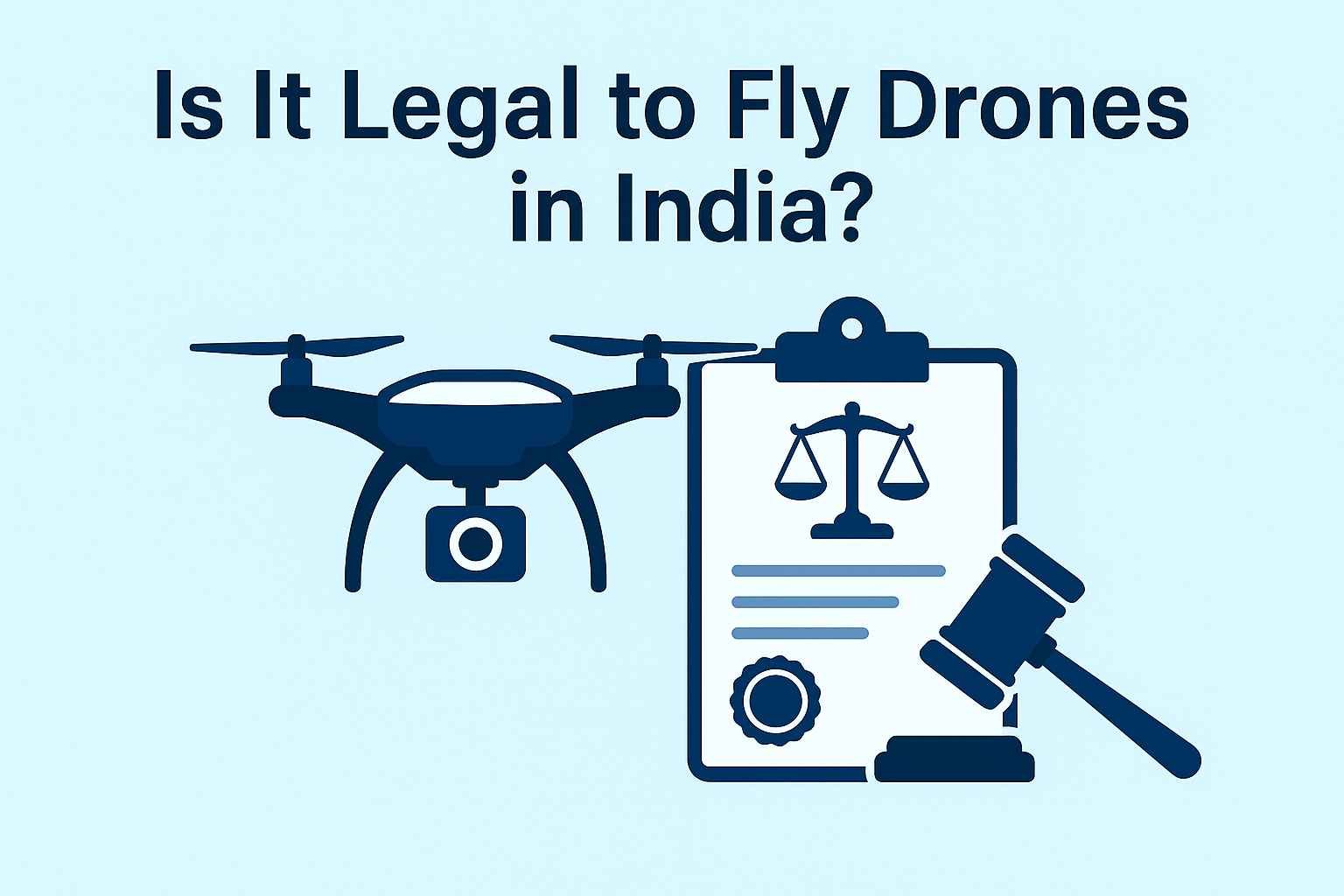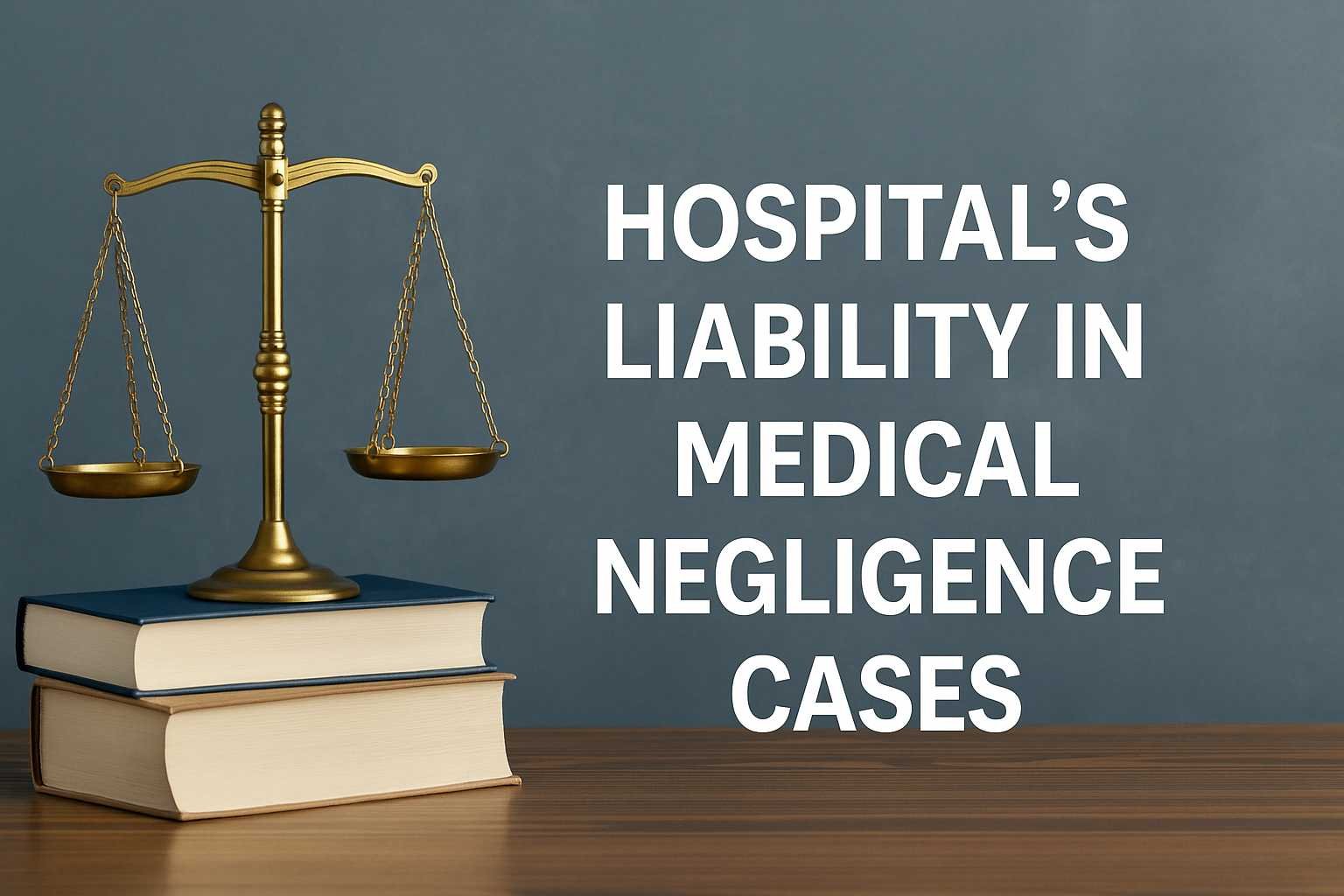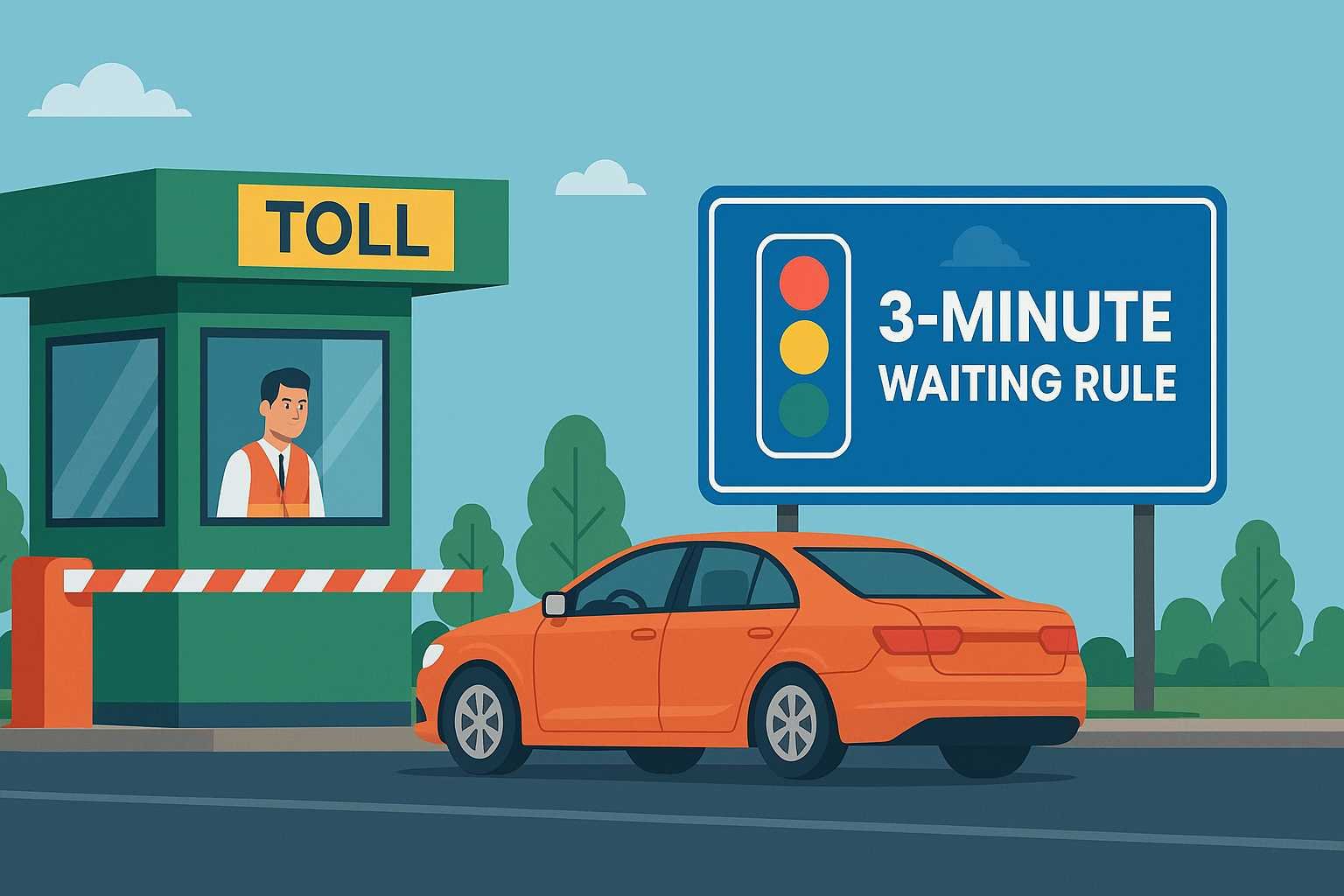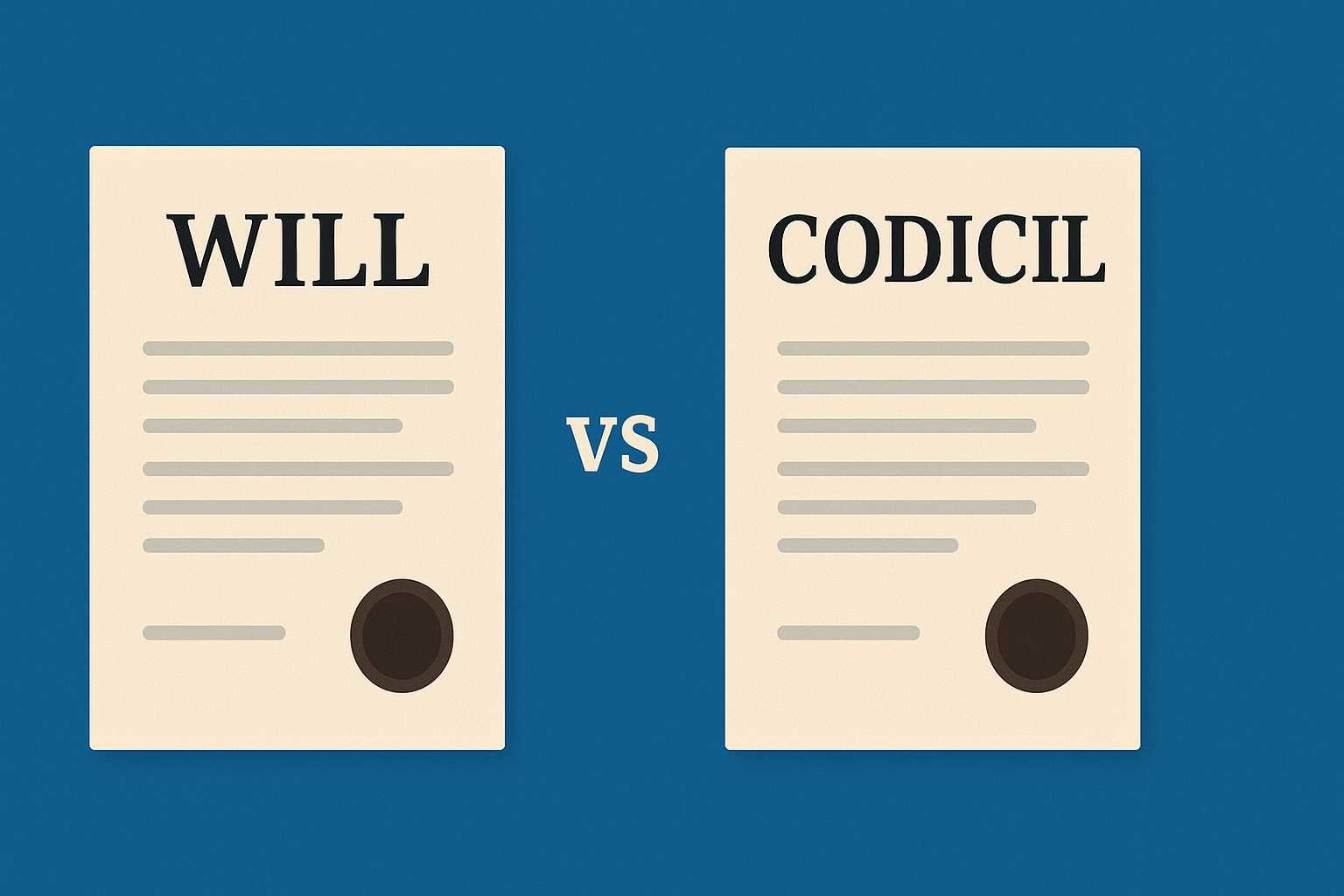On this page you will read detailed information about Phishing and Pharming.
Cybercriminals keep refining old tricks with new tech. Two terms that sound similar—but work differently—are phishing and pharming. Both aim to steal your money or data, but they attack at different layers. Knowing the difference helps you spot scams faster and choose the right defenses.
Quick definitions
- Phishing: A social-engineering attack where the scammer lures you (via email, SMS, WhatsApp, social media, voice calls, QR codes, ads, etc.) into clicking a link, downloading a file, or sharing credentials/OTP/cards.
- Pharming: A technical redirection attack where your traffic is silently rerouted to a fake site even if you typed the correct address—typically via DNS manipulation (e.g., DNS cache poisoning, compromised routers, malicious resolvers).
Think of phishing as the con and pharming as the detour.
How each attack works
Phishing: the bait is the message
- You receive a convincing message (“Your account is locked—verify now”).
- The link opens a look-alike site (sometimes “browser-in-the-browser” pop-ups that mimic sign-in).
- You enter credentials, OTP, card details; or you’re tricked into approving an MFA push (“MFA fatigue”) or scanning a rogue QR code (“QRishing”).
- Attackers use credential-stealing kits, reverse-proxy tools (e.g., Evilginx-style) to capture session cookies and bypass MFA.
Newer twists (2024–2025): AI-written emails, deepfake voice vishing, SEO poisoning (malicious search ads), HTML smuggling, and fake “support” chats on social platforms.
Pharming: the web sends you to the wrong place
- The attacker poisons DNS—on your device, your Wi-Fi router, your ISP’s resolver, or a public DNS cache.
- When you request
yourbank.com, DNS falsely resolves to the attacker’s server. - You land on a pixel-perfect clone. Even careful users can be fooled because they typed the right URL.
- Data is harvested, malware may be dropped, or payments are redirected.
Modern vectors: Compromised home routers (weak admin passwords, outdated firmware), malicious public Wi-Fi, and deceptive “secure” clones that abuse IDN homographs (e.g., xn-- domains) or mis-issued/compromised TLS certificates. Where DNSSEC isn’t enforced end-to-end, pharming remains viable.
Side-by-side comparison
| Aspect | Phishing | Pharming |
|---|---|---|
| Primary layer | Human (social engineering) | Infrastructure (DNS/routing) |
| How it starts | A message: email/SMS/call/DM/ad/QR | No message required; redirection happens behind the scenes |
| User action required | Usually click/approve/respond | Often none beyond visiting a site |
| Telltale signs | Urgency, odd sender addresses, mismatched links, typos | Correct URL typed but site “feels off”; cert warnings; multiple users affected simultaneously |
| Scale | Targeted (spear) or mass (spray) | Broad if a resolver/router is poisoned |
| Best defenses | Awareness, MFA, email authentication, safe-browsing filters | DNSSEC, secure resolvers, router hardening, certificate vigilance |
What to look for (practical signals)
Signs of phishing
- Urgent tone: “Verify in 10 minutes or account closed.”
- From address oddities:
support@paypaI.com(with uppercase “i”) or free webmail for a “bank.” - Link mismatch: Hover shows a different domain; shortened/obfuscated URLs; PDFs/HTML attachments asking to log in.
- MFA push bombing: Multiple approval prompts—attackers hope you’ll tap “Approve” out of fatigue.
- “Refund/lottery/tax” hooks: Emotional triggers or authority pressure.
Signs of pharming
- URL you typed is right, but the page design/font/copy is subtly off, or the padlock/certificate details don’t match the brand’s official domain.
- All users on the same network see warnings or wrong pages (suggests router/ISP issue).
- Certificate warnings or the site loads without HTTPS when it normally uses it.
- DNS settings on your device/router show unknown resolvers.
2025-ready defenses
For everyone (individuals & teams)
- Use strong MFA—smartly
- Prefer FIDO2/passkeys or hardware security keys over OTPs. They resist phishing because they bind login to the legitimate domain.
- If using push-based MFA, enable number matching and geolocation prompts.
- Adopt a passwordless/SSO posture
- Where possible, use passkeys. If not, passwords + unique per site + manager + MFA.
- Treat links like loaded darts
- Confirm from a second channel (call the bank on the number on your card).
- Type the address or use trusted bookmarks for sensitive logins.
- Be wary of QR codes in emails/posters; prefer app-only flows for payments.
- Check the certificate
- Click the padlock → verify the exact domain. Homograph look-alikes are common (
аvsa). - Enable HSTS in browsers where configurable; never ignore TLS warnings.
- Click the padlock → verify the exact domain. Homograph look-alikes are common (
- Keep devices and browsers updated
- Updates close holes that enable drive-by downloads and malicious iframes.
- Use reputable DNS resolvers
- Switch to DNS-over-HTTPS/DoT resolvers with phishing/malware filtering.
- On home routers: change default admin password, update firmware, disable remote admin, and review DNS settings regularly.
- Backups & least privilege
- If an attack lands ransomware after credential theft, backups save you.
- Don’t run daily as admin; segment important accounts/devices.
For organizations
- Email authentication: Enforce SPF, DKIM, DMARC (reject) to cut spoofing.
- Advanced phishing protection: Sandboxing, link rewriting, time-of-click analysis, QR detection, and attachment detonation.
- Anti-impersonation: Monitor for look-alike domains, IDN homographs, and typosquats; register critical variants.
- DNS hardening: Validate with DNSSEC, run secure resolvers, monitor for cache poisoning, deploy DANE where feasible.
- Session defense: Detect reverse-proxy phishing with token binding, short-lived tokens, and continuous risk assessment (device, geo, impossible travel).
- User drills: Regular, realistic simulations (including SMS/QR/voice). Reward reporting; don’t shame.
- Zero-trust: Assume breach; verify continuously. Limit lateral movement with segmentation and Just-In-Time access.
In the previous post, we had shared information about Domain Name Protection and Trademark Rights: The 2025-Ready Guide, so read that post also.
What to do if you suspect an attack
- Don’t interact further: Close the tab/app, disconnect from public Wi-Fi.
- Capture evidence: Screenshots, sender details, URLs (without clicking), and time.
- Change credentials: From a clean device, update passwords and revoke active sessions.
- Kill access: Remove suspicious MFA devices, rotate recovery codes, and invalidate API tokens.
- Financial steps: Call your bank/UPI provider; set blocks, watch for small “test” charges.
- Report: To your IT/security team or national cyber helpline/portal; this helps others too.
- Check router/DNS (for pharming): Reset router, update firmware, set known-good DNS, and scan endpoints.
FAQs (fast answers)
- Can MFA be bypassed? Yes—via push bombing or reverse-proxy kits that steal session cookies. Use passkeys/hardware keys to stop this.
- Is the padlock icon enough? No. It only means “encrypted,” not “legitimate.” Always verify the domain.
- Why do multiple people get hit at once? Likely pharming (resolver/router compromise) or large-scale phishing campaign.
- Do ad results in search engines guarantee safety? No. Malvertising/SEO poisoning is common—prefer direct URLs or bookmarks.
Bottom line
- Phishing tricks you into handing over secrets.
- Pharming tricks the internet into sending you to the wrong place.
Different layers, same goal: your data and money. Combine human skepticism (for phishing) with technical hardening (for pharming). With passkeys, secure DNS, router hygiene, and modern email protections, you’ll block most attacks—and spot the rest before damage is done.
Disclaimer
The information and services on this website are not intended to and shall not be used as legal advice. You should consult a Legal Professional for any legal or solicited advice. While we have good faith and our own independent research to every information listed on the website and do our best to ensure that the data provided is accurate. However, we do not guarantee the information provided is accurate and make no representation or warranty of any kind, express or implied, regarding the accuracy, adequacy, validity, reliability, availability, or completeness of any information on the Site. UNDER NO CIRCUMSTANCES SHALL WE HAVE ANY LIABILITY TO YOU FOR ANY LOSS OR DAMAGE OF ANY KIND INCURRED AS A RESULT OR RELIANCE ON ANY INFORMATION PROVIDED ON THE SITE. YOUR USE OF THE SITE AND YOUR RELIANCE ON ANY INFORMATION ON THE SITE IS SOLELY AT YOUR OWN RISK. Comments on this website are the sole responsibility of their writers so the accuracy, completeness, veracity, honesty, factuality and politeness of comments are not guaranteed.
So friends, today we talked about Phishing and Pharming, hope you liked our post.
If you liked the information about Phishing and Pharming, then definitely share this article with your friends.

